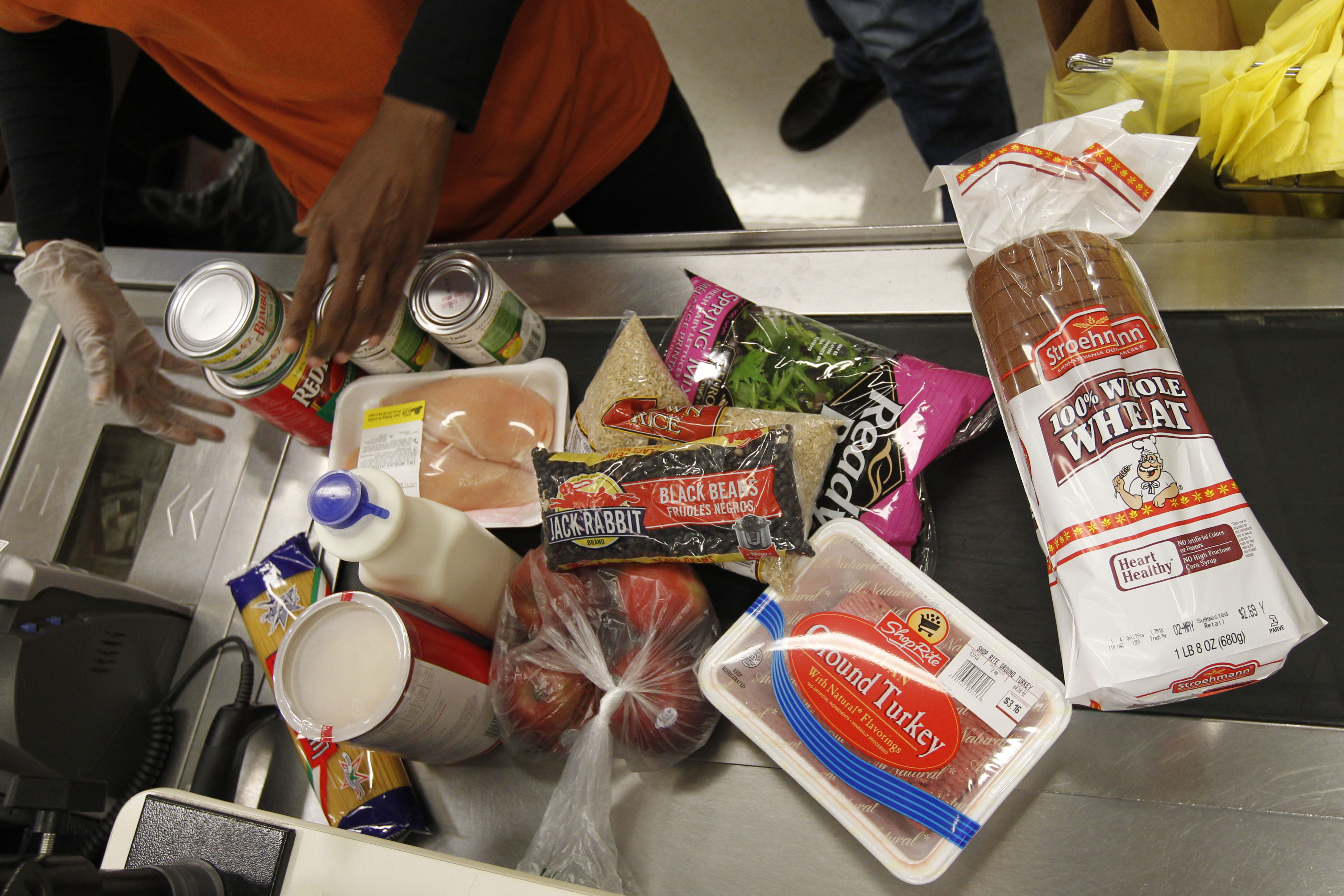Eight million people have already seen their wages increase significantly thanks to the Fight for $15. The movement has taken many paths—leading to new city and county laws, state administrative action for targeted industries, breakthrough union contracts, and even businesses acting on their own. Millions more will be added to the ranks of those receiving wages if California and New York increase wages for all workers across their states.
It is a remarkable resetting of labor markets in places like Los Angeles where more than 40 percent of workers will get a wage increase. These significant gains promise to jumpstart the fight against poverty and to restructure our entire economy.
As one billionaire has argued, to prosper businesses need customers with money in their pockets. Yet with so many workers paid miserly wages, too many customers have nearly empty pockets. So while many say we need to tackle extreme inequality with so-called middle-out economic policies, the broad impact of the $15 movement suggests that we can drive the economy forward from the back of the wage structure.
The national conversation now needs to turn to how we can lock in any wage gains. We will not sustain them if we index the new wage standard to inflation. Just as we have reinvented the idea of the minimum wage, we need to rethink the wage index as well. The Leap Forward Project proposes indexing it to personal income per capita.
Year by year over the next generation, if a $15 wage is adjusted to the conventional inflation measure it will fall further and further behind our economy: based on historical trends, it will fall 40 percent behind productivity gains by 2040, and then 96 percent behind by 2060. A $15 wage indexed to inflation will therefore worsen extreme inequality and workers will once again not have enough money in their pockets to drive our economy forward.
On the other hand, if wages are indexed to economy-wide productivity it is possible they will advance too quickly for some businesses to keep up. As legend has it, the $15 per hour level was chosen as a target because it represents the halfway mark between a wage that had kept pace with inflation and one that had kept pace with productivity.
What index makes sense today for union contracts and government mandated wage standards? The Leap Forward Project analyzed several possible economic indexes, looking at data for the United States and California from the onset of extreme inequality (1979) to the current period (2013).
For each, we calculated what the 1979 minimum wage of $2.90 would be today had we used the given index. The results might be surprising.
Consider the first three possible indexes:
- A $2.90 minimum wage indexed to the return on wealth, (nationwide): This huge increase to $35.10 reflects the shift of our economy from rewarding the work of the many to rewarding the wealth of the few.
- A $2.90 minimum wage indexed to the median wage (California): This relatively modest increase to $9.34 reflects the problem of the stagnant middle-class.
- A $2.90 minimum wage indexed to the 95th percentile wage, (nationwide): This significant increase to $13.08 reflects greater increases garnered by skilled workers.
Get TalkPoverty In Your Inbox
What does this analysis tell us? Indexing to the median wages as proposed by Congressman Scott and Senator Murray is little better than indexing to inflation if wages continue to stagnate. The embattled middle-class for now does not have the muscle to drive our economy.
Indexing to the 95th percentile wage, while providing significant increases, is based on the wrong story of how to restructure our economy. It is not about a janitor’s wages keeping up with doctor’s pay—some might dismiss that as “the bitter politics of envy”. It is about how to drive prosperity for both janitors and doctors.
In fact, the story of the “back of the wage pack” is not that different from the very front of the pack. Wage gains denied to most of us appear to have become assets for the richest of the rich. From an economic perspective, we need an index that in part reflects not only gains in wages and incomes but gains in the value of assets as well.
We need an index that will move ahead faster than inflation, but not necessarily as fast as the overall economy. The fourth index—personal income per capita—fits the bill. It includes income from wages and salaries along with dividends and rental income; it does not include capital gains. And if the 1979 minimum wage had been indexed in this manner, it would have reached—wait for it—$15 this past New Year’s Day.
The Fight for $15 has achieved considerable momentum. For that momentum to create lasting change we need to lock in these hard fought gains. Each year our new $15 standard needs to increase so that workers have enough in their pockets to help drive our economy forward. And in the years to come, we need more policy innovations like $15 so that we can fully tackle extreme inequality and achieve enduring prosperity for all of us.













